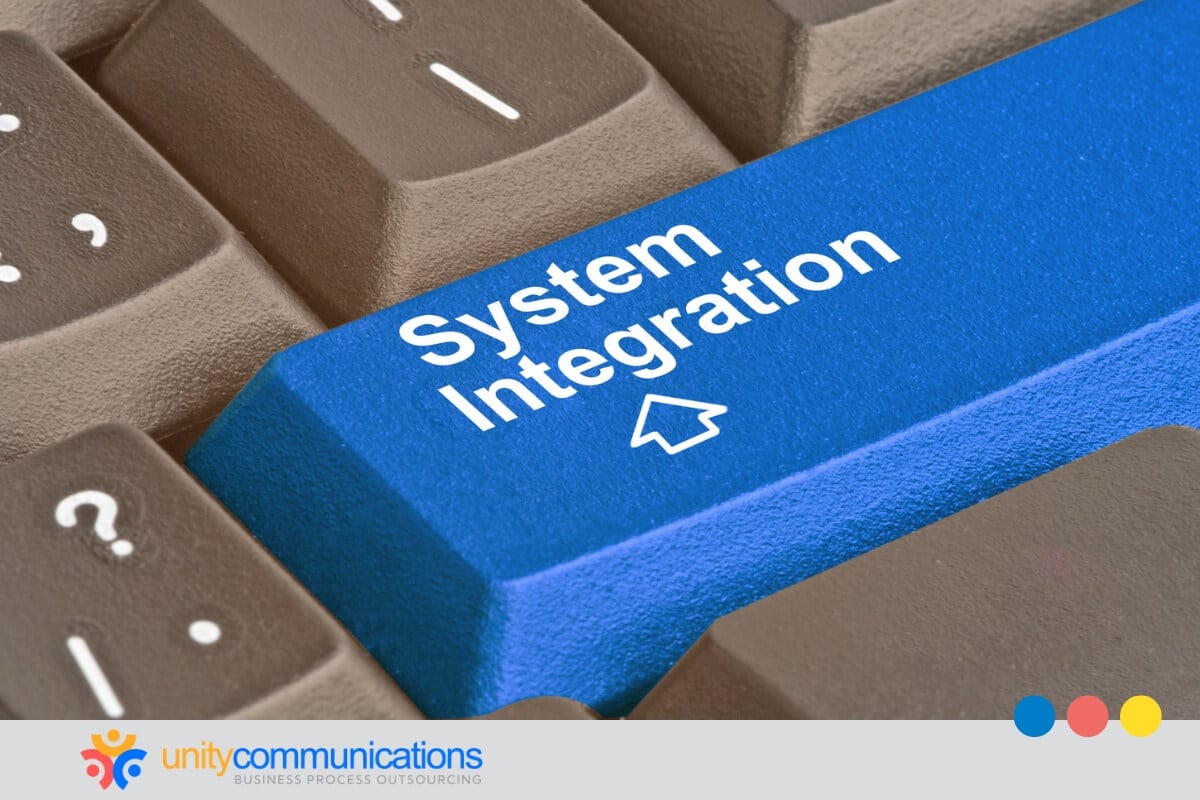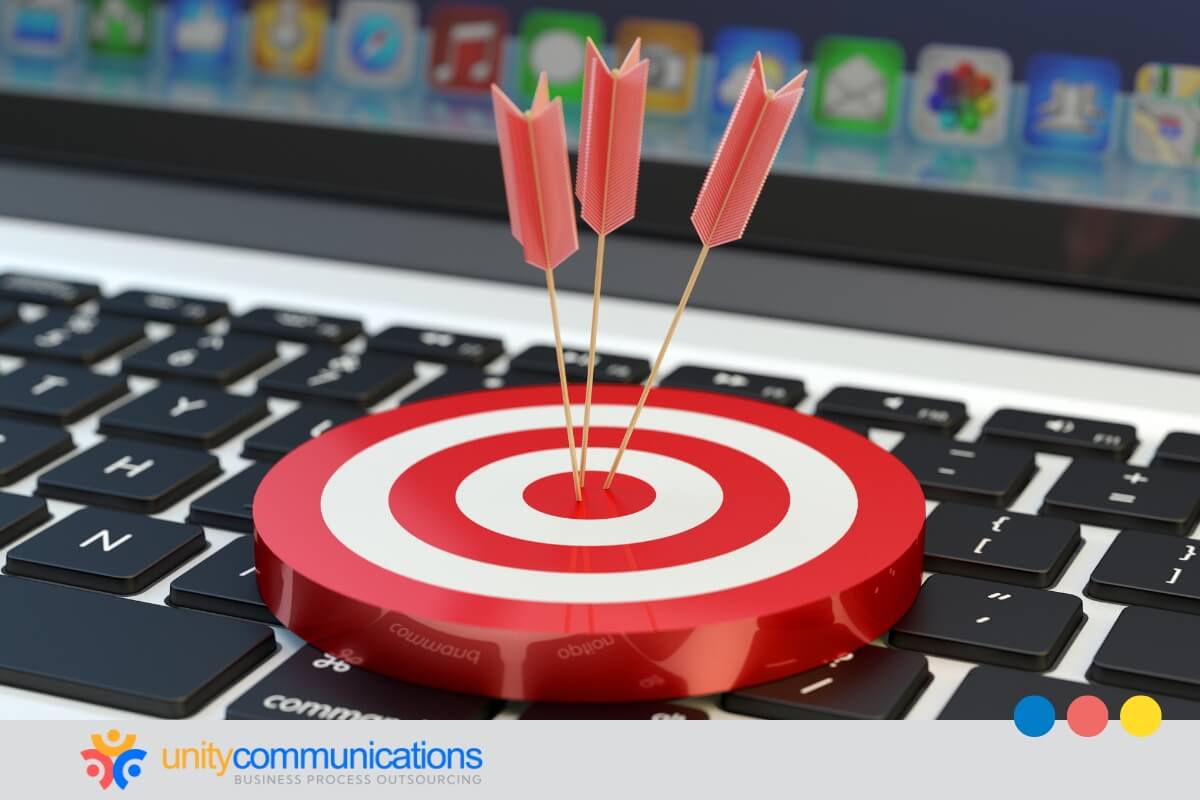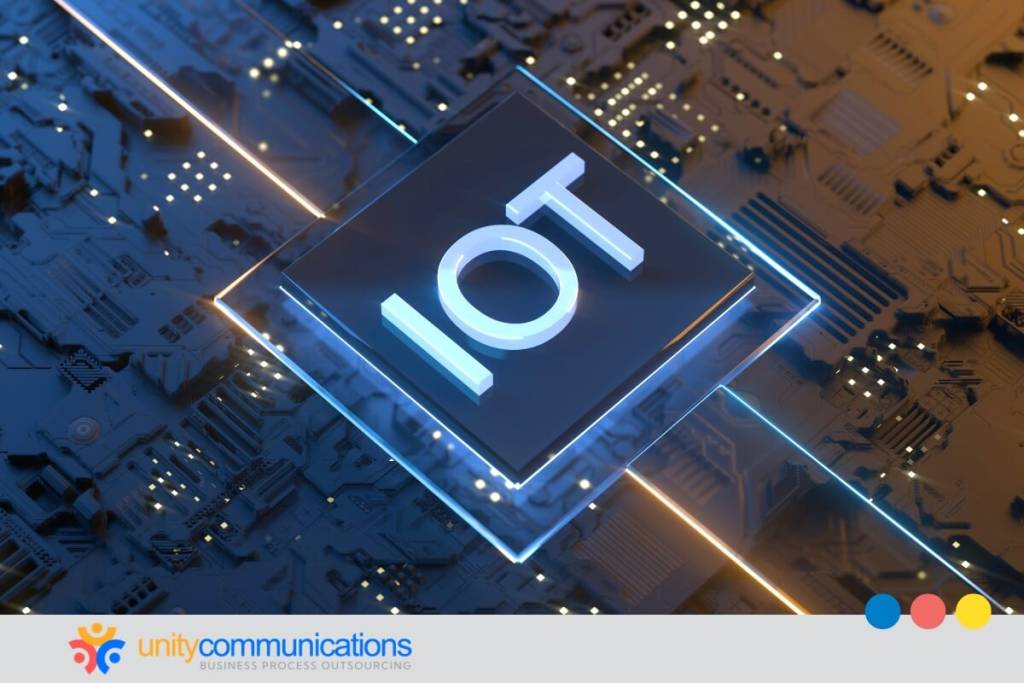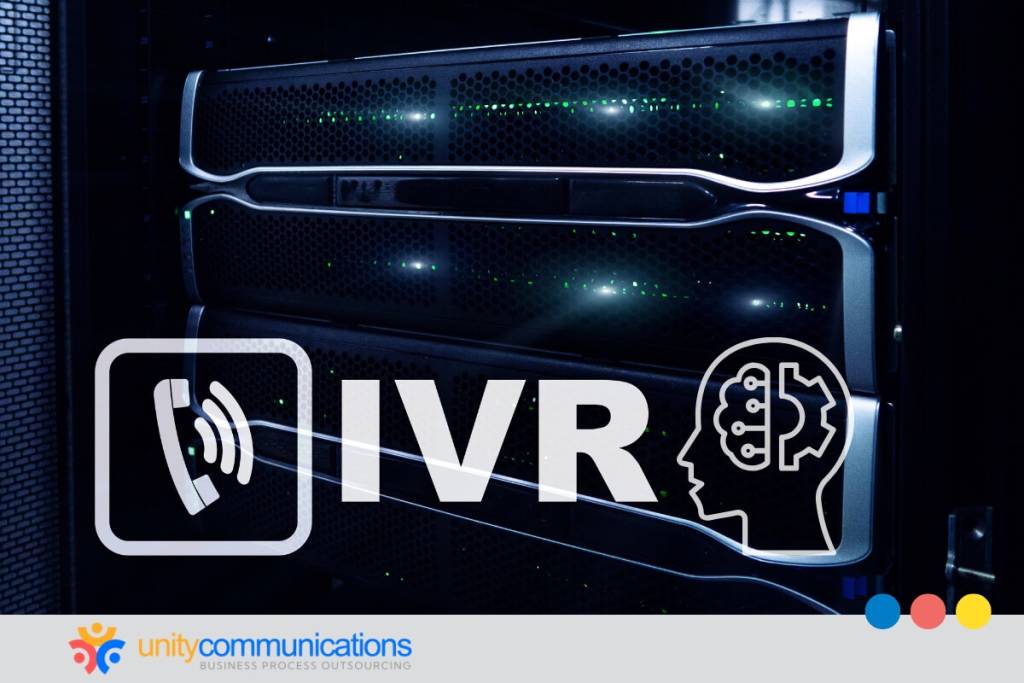Table of Contents
Does your favorite voice assistant help you cook by reminding you of the recipe’s steps? Does it help set your mood by automatically adjusting your office lights according to your daily schedule?
You have Internet of Things (IoT) manufacturers to thank for that. They combine their human expertise and technical proficiency to produce these smart devices. However, as the demand for smart programs increases, manufacturers experience rising operational expenses, labor shortages, and outdated systems.
Fortunately, business process outsourcing (BPO) offers cost-effective solutions for IoT device management.
Interested in learning more? This article has got you covered!
A Glimpse Into IoT Device Management Outsourcing

Future Market Insights expects the IoT device management sector to reach approximately $5 billion in 2023. The organization also projects the market to expand at a compound annual growth rate (CAGR) of 16.8% to $28 billion in revenue by 2033.
The rising demand for IoT services and networking technologies will drive the market’s expansion during the forecast period. To manage connected devices cost-efficiently, enterprises rely on third-party service providers.
Businesses tap into BPO human and tech resources for IoT device management to cut operating costs and boost daily productivity. They simplify the complex process of overseeing interoperable remote devices by outsourcing these tasks:
- Device provisioning and configuration
- IoT device monitoring and maintenance
- Security management and legal compliance
- Remote system tracking and control
- Firmware and software update installation
- Data management and analytics
- System integration support
- Infrastructure performance optimization
- Lifecycle management assistance
How BPO Boosts IoT Device Management

Reduced expenses remain the top advantage of BPO solutions for IoT device management businesses. Support vendors provide access to skilled professionals and modern tools at competitive hourly or monthly pricing.
Moreover, BPO providers can scale their operations up and down depending on current demands and requirements. They let you focus on your core business functions and strategic initiatives by taking over the following repetitive tasks:
Facilitate Smooth IoT Solution Onboarding
BPO teams enable undisrupted IoT device operations by facilitating smooth onboarding. This process covers authentication and deployment to ensure secure and seamless integration of IoT platforms.
They perform authentication through the succeeding activities:
- Validate the identity of each IoT device. Service providers ensure the platform is authorized to connect to the network. They verify device credentials, serial numbers, and certificates provided by the manufacturer.
- Implement user authentication mechanisms. Third-party vendors confirm the identity of individuals and systems attempting to access IoT devices. They use artificial intelligence (AI) and machine learning (ML) to automate multi-factor authentication, biometric verification, or digital certification processes.
- Establish secure communication channels between IoT and network devices. This step involves executing authentication protocols, such as Transport Layer Security (TLS) and Secure Shell (SSH), to encrypt data transfers and avoid unauthorized access.
- Configure access control policies. BPO firms help define roles, permissions, and privileges for users, devices, and applications. They ensure that only authorized personnel can interact with IoT devices and perform specific actions.
Meanwhile, deployment activities include:
- Manage IoT devices according to the client’s requirements and strategies. This process involves setting up network parameters and device settings. BPO companies integrate the IoT device management infrastructure with the client’s existing systems and apps.
- Provide software and firmware updates. These solutions enhance an IoT device management solution’s functionality, mitigate security vulnerabilities, and resolve system bugs. The action includes downloading, testing, and installing updates.
- Integrate individual devices into the client’s network infrastructure. This function includes configuring network settings and establishing communication protocols. It facilitates interoperability with existing systems, apps, and devices.
- Use robust IoT security measures to protect smart devices from threats. These best practices include firewall settings, encryption protocols, and access controls. They help safeguard device integrity and data confidentiality.
- Perform thorough testing and validation of IoT platforms. BPO firms check infrastructure performance and reliability through functional tests, security assessments, and compatibility trials.
Streamline IoT Device Maintenance and Diagnostics
What is BPO’s critical benefit to IoT device management clients? Service providers enhance maintenance and diagnostics, leveraging AI-powered technologies to track IoT platforms’ health, performance, and status in real time.
The proactive approach helps third-party and in-house teams immediately detect and identify system anomalies and possible failures. They establish and utilize key performance indicators (KPIs) to assess and measure IoT devices’ operational efficiency, reliability, and availability.
Here are other ways service providers streamline IoT device maintenance and diagnostics to minimize downtime and ensure business continuity:
- Perform predictive maintenance. BPO companies maximize predictive analytics and ML algorithms to analyze historical data and bug patterns related to IoT performance. This capability lets them anticipate maintenance needs and forecast potential failures.
- Set preventive measures accordingly. Based on the collected insights, third-party vendors create and implement maintenance schedules. They match these timelines to each client’s requirements, device types, and operational conditions.
- Deliver remote diagnostic services. Vendors determine and troubleshoot issues with IoT devices virtually. This remote capability facilitates rapid response times, reduces service costs, and minimizes the impact on client operations.
- Conduct comprehensive root-cause analysis. Providers use this strategy to identify the underlying factors contributing to device failures. It involves analyzing system logs, error reports, and diagnostic data to pinpoint the cause and implement targeted remediation measures.
- Generate regular performance reports and analytics dashboards. These IoT device management platforms and solutions provide clients with insights into the infrastructure’s health conditions and activity logs. The findings guide units in making informed decisions, enhancing device configurations, and effectively handling maintenance efforts.
- Align maintenance and diagnostic practices with regulatory requirements. Service providers manage compliance certifications. They perform regular audits and execute governance frameworks to address risks promptly and ensure accountability.
Simplify End-of-life (EOL) Management
When IoT-related projects conclude or individual devices become obsolete, providers offer secure and cost-effective EOL management services. They employ BPO solutions for IoT device management to decommission or replace the infrastructure.
The method aims to lessen or avoid the risks of data leaks, system failures, and security challenges. BPO firms integrate human expertise with AI and robotic process automation (RPA) to perform the following tasks:
- Make an inventory of all IoT devices nearing their expiration. Third-party teams document critical details to quickly identify and categorize each program. This data includes device type, serial number, configuration, and usage history.
- Assess the performance and remaining functionality of EOL IoT devices. This approach assists providers in identifying and drafting the most appropriate disposal or repurposing strategies.
- Implement safe data erasure and destruction efforts. These processes allow BPO providers to protect sensitive information and comply with data privacy regulations. They execute data wiping and encryption techniques to sanitize devices effectively.
- Assure regulatory compliance for data security and disposal. BPO IoT device management providers handle the paperwork and obtain the necessary certification, helping clients verify compliance with legal and environmental rules.
- Adhere to best practices for electronic waste management. Statista projects that about 63.3 million metric tons of e-waste will be generated worldwide by 2024. BPO firms help lessen that by securely decommissioning EOL IoT devices. They dismantle and segregate these materials for recycling or proper disposal.
- Facilitate device refurbishment. BPO companies revamp functional EOL IoT platforms. They repair, upgrade, or repackage these devices for resale, redistribution, or donation. The goal is to extend their lifecycle and maximize utility.
- Draft and submit relevant reports. BPO providers prepare documents detailing the EOL IoT device management process. The reports include disposal methods, recycling rates, environmental impact assessments, and compliance certificates. This process ensures alignment with sustainability goals.
- Provide certificates for successful EOL and IoT destruction. The certification serves as evidence of compliance with legal and environmental requirements. It gives assurance that vendors securely and responsibly handle the disposal of EOL IoT devices.
Speed Up Contact Center Support
BPO contact centers employ skilled agents and modern technologies to deliver fast customer service for IoT-related concerns. They deploy AI-powered chatbots to address routine inquiries quickly and effectively. These RPA bots swiftly categorize IoT issues and forward complex ones to the appropriate personnel.
Service providers also leverage an omnichannel support strategy to enable seamless customer interactions and accelerate uninterrupted responses. This cloud-based contact center hub integrates various communication channels such as voice, email, chat, and social media.
According to recent research, customers will purchase more from businesses offering their preferred support option. The omnichannel approach allows agents to answer inquiries without losing data while switching between channels.
Furthermore, BPO companies use digital diagnostics and troubleshooting tools to remotely manage and mitigate urgent IoT challenges. This procedure minimizes the need for on-site interventions and reduces resolution times, increasing customer satisfaction and retention.
Results of Not Outsourcing IoT Device Management
Not outsourcing your IoT device management solutions is not bad per se. However, you might struggle to handle risks as IoT deployments continuously grow. Inefficient practices increase operating expenses, repair fees, and potential revenue losses.
The lack of strategic BPO guidance might also lead to missed opportunities for competitive advantage and digital transformation. Businesses might also experience the listed challenges when keeping IoT device management in-house:
- Resource constraints. Entrusting IoT device monitoring to your internal unit requires dedicated resources, expertise, and infrastructure. It can strain budget allocations and divert focus from primary business functions.
- Skill gaps. The lack of specialized skills and capabilities hinders effective IoT device management, leading to inefficiencies and suboptimal performance. The need to recruit, compensate, and train new hires also introduces additional expenses.
- Security vulnerabilities. Inadequate security measures, outdated firmware, and ineffective patch management practices expose IoT devices to cyber threats. Limited funds and expertise can result in data breaches.
- Regulatory non-compliance. Assigning this function to in-house workers who handle other critical responsibilities may result in overlooked regulatory requirements. Failure to adhere to industry rules and data protection laws for IoT devices leads to legal repercussions and financial penalties.
- Maintenance challenges. Without streamlined processes and proactive maintenance strategies, organizations may experience increased downtime. Service disruptions may also persist due to constant device failures, software bugs, or compatibility issues.
- Scalability limitations. In-house management may lack the flexibility to support the growing number of IoT devices. Scalability is crucial to meet evolving business requirements and technological advancements with minimal funding.
- Service delays. Late responses and prolonged resolution periods for customer inquiries or technical issues negatively impact customer satisfaction, loyalty, and retention rates.
- Low service quality. Without dedicated support and expertise in IoT device management, organizations may struggle to maintain consistently high service quality. This weakens customer trust and brand reputation.
The Bottom Line

Exploring the IoT world is like roaming around a bustling city. It opens many opportunities but also comes with challenges. You need expert help to manage a vast network of IoT devices as much as you need a local guide to wander a new city.
A BPO provider acts as your cost-effective assistant for IoT device management. Providers bring the human and tech resources to streamline this function. From onboarding to customer support, they ease your struggles when handling smart platforms.
Let’s connect if you seek scalable contact center assistance for your IoT business. Unity Communications houses a dynamic talent pool and uses advanced technology to boost your technical and customer support tasks.




